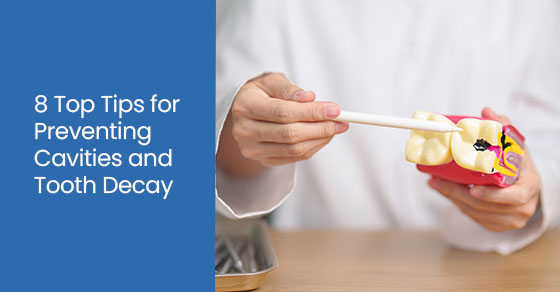If you are unhappy with your smile’s appearance, have you ever considered what the issue is? Sometimes, it isn’t your teeth that are the problem at all. Your gums might be causing your teeth to have a less than perfect appearance.
If that’s the case, the best solution is a cosmetic dental procedure called gum contouring. Here we look at gum contouring, how it helps improve your smile and if your gums can grow back after the process.
What is gum contouring?
Gum contouring is a surgical procedure to correct imperfect gum growth. It can be performed using a scalpel or laser to reshape your gum line to create a more pleasing appearance. Gum tissue is removed or replaced depending on your issue. This can also be performed for people who have severe recession of the gums.
Why is gum contouring required?
For patients who feel they either don’t have enough or too little gums, contouring provides a custom solution to reshape and improve the appearance of your teeth. Some might have a high lip line, which shows too much gum when they smile.
Patients with a condition called passive eruption have more gum showing, so the teeth appear too small. The passive eruption is caused when permanent teeth do not fully emerge from the gums. While contouring can reshape your gums to create a more pleasing smile, it is mostly used as a treatment for receding gum lines.
In general, gum contouring is used for:
- Lengthening, shortening, or reshaping gums for a more appealing smile
- Receding gum treatment
- Making teeth appear less long
- Improving the appearance of smaller or squarer teeth when gums extend over the teeth too far
- Evening out the gum line
- Addressing certain genetic conditions and periodontitis
A consultation can help determine if gum contouring is right for you.
What are receding gums?
Receding gums fall below the healthy gum line level, exposing the roots of your teeth. This can happen for different reasons, including aggressive brushing, gum disease and genetics that cause a lower gumline than most.
If your gum recedes too far, the exposed area of the tooth is at risk of bacteria buildup, which can lead to erosion. This area tends to be much more sensitive, causing mild discomfort to acute pain. From a cosmetic standpoint, the exposed area also appears darker and discoloured, giving teeth a more extended, uneven appearance.
How is gum contouring performed?
A consultation will determine if gum contouring is a good option for you. Your new gum line requires a plan based on the results you are hoping to achieve. A new gum line is drawn to show you how your gums will look following the procedure. This is the best way to decide if you feel you will get the results you desire.
During your procedure, a local anesthetic is used to keep you comfortable. We then reshape your gums based on your new gumline goals. Depending on your situation, we might remove some of the bone at the front of the tooth’s root to get the desired look. If your gums need to be rebuilt, we take skin grafts from other tissue in your mouth and place it along the gum line to get the results required.
Is Gum Contouring Painful?
Following surgery, you can expect to experience some discomfort that can be managed with over-the-counter painkillers. You will need to rest for at least a day following the procedure. A diet of soft foods is expected for the first few days, and hot and spicy foods and foods with small seeds should be avoided. You can still brush your teeth, but we provide instructions to avoid damaging your new gum line. While you will feel sensitivity and experience swelling, this will ease each day.
Will removed gums grow back?
Following gum recontouring, your gums will be healthier than ever. This is because special care is taken to ensure we create shallow spaces between your gums and teeth during the procedure. Those spaces help keep your teeth and gums healthier as it is easier to brush and keep your teeth clean.
The first few weeks require special care to encourage healing, including not smoking or drinking alcohol. To avoid gum regrowth, we will ensure your gums are about 3mm away from the bone. This distance is determined based on their ‘Biological Width.’ Also, ‘bone sounding,’ where we probe the gum tissue to check the underlying bone level, helps us ensure that you are a good candidate for the procedure. X-rays provide further insight, and we can remove bone as required. This can help reduce the risk of gum ‘relapse.’
It is more common for gums to grow back slightly when dealing with passive-erupted teeth. When treating this condition, it is not uncommon to perform two contouring surgeries to get the desired result. It just takes the right diagnosis and approach to help reduce the risk of relapse.
Does gum contouring have any risks?
There are minimal risks involved with gum contouring. A local anesthetic is used to keep you comfortable during the procedure. A minimal number of people may have an allergic reaction to it.
There is also always a chance of infection, especially if you do not follow aftercare instructions. While gum tissue relapse is also a possibility, it does not pose a health risk. As mentioned, with a proper diagnosis, we can avoid relapse.
If you want to learn more about gum contouring in Mississauga and whether your gums regrow after surgery, call Bristol Dental Clinic at 866-623-9216 or contact us here.






I love receiving your input! I have followed your posts and enjoy your musical selections. You have great taste. Rosalind Teodoro Valerie